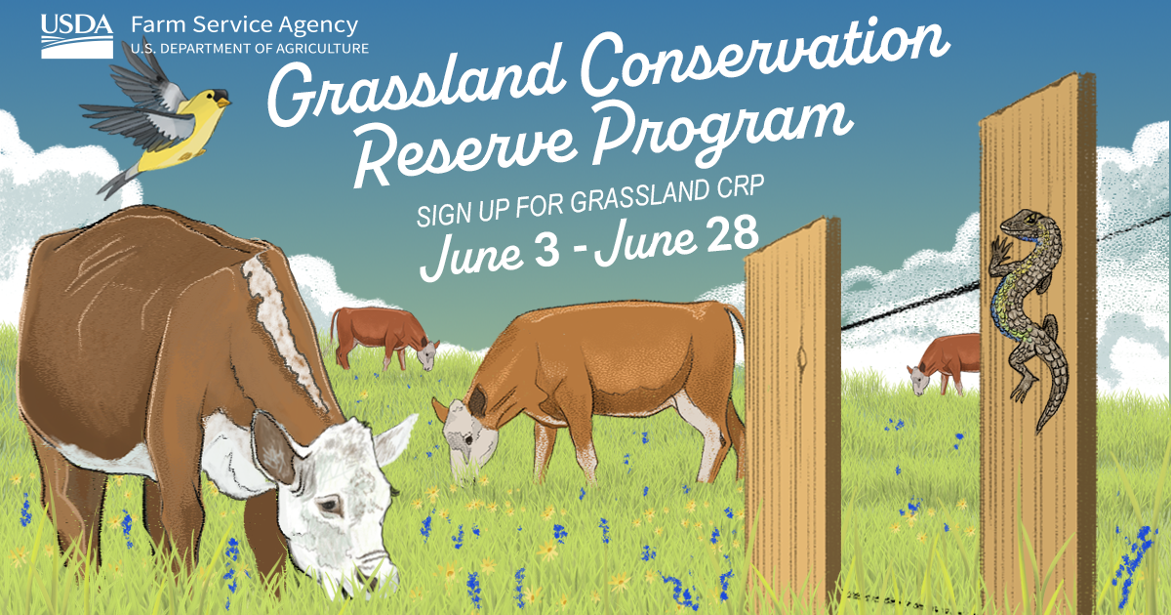USDA Opens Application Period for Composting and Food Waste Reduction Cooperative Agreements
WASHINGTON, June 12, 2024 – The U.S. Department of Agriculture (USDA) is accepting applications for Composting and Food Waste Reduction (CFWR) pilot projects for fiscal year 2024. The cooperative agreements, using remaining funds from the American Rescue Plan Act, are jointly administered by USDA’s Office of Urban Agriculture and Innovative Production and the National Institute of Food and Agriculture (NIFA).

